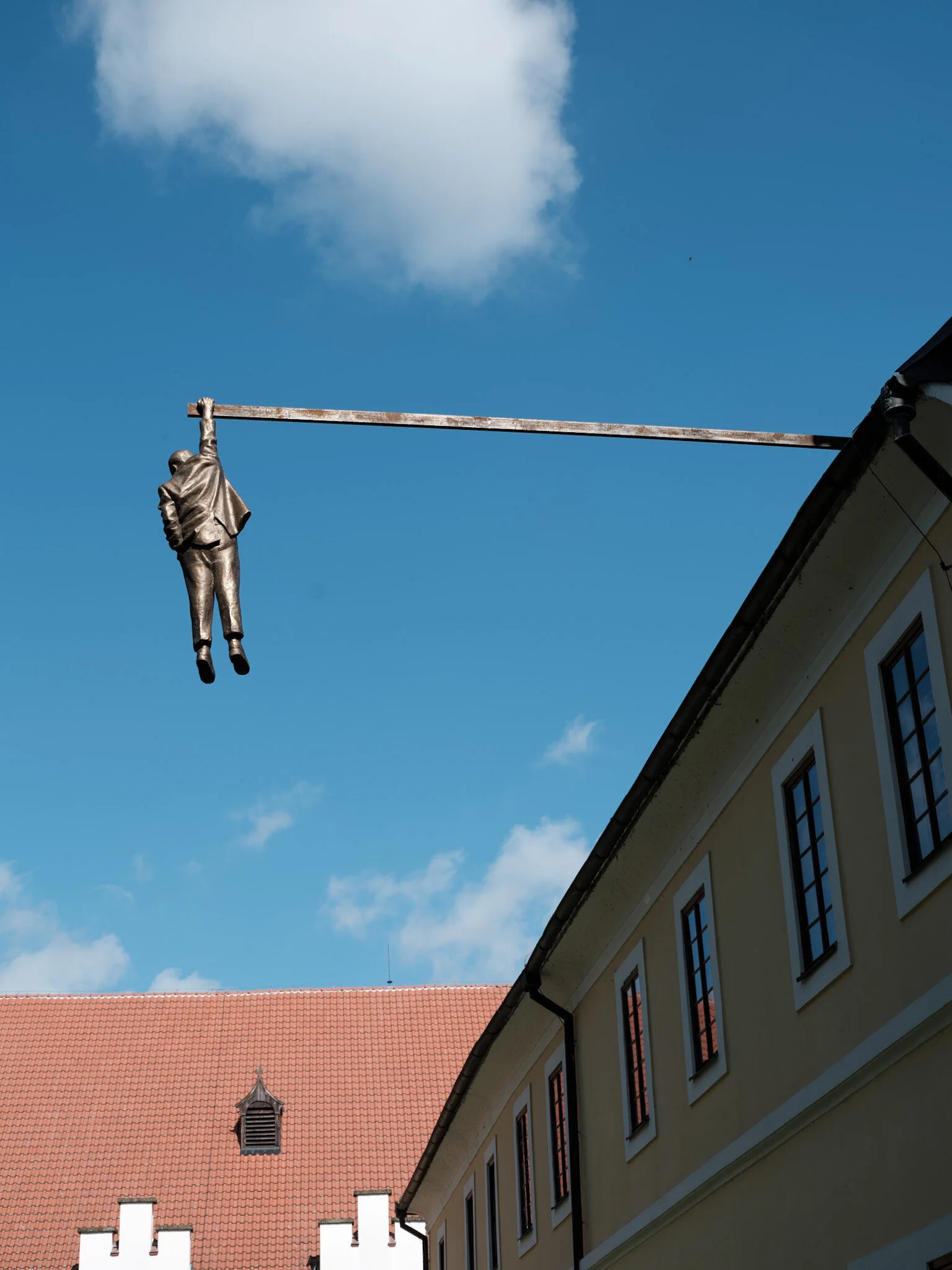Something old, something new - Fujifilm GFX 50S II review
Introduction
It has been a little over four years since Fujifilm released their rather successful GFX lineup of medium format mirrorless cameras. The original GFX 50S came with plenty of benefits over its competitors including reworked controls similar to those of the Fuji X-series cameras, body size of a full-frame DSLR, full weather and dust resistance, and a new mount for more modern, quieter and faster lenses. One of the main selling points though was the low price. It was an unprecedented figure in the digital medium format world. The GFX 50S was then expanded upon with the 50R aimed towards documentary photographers with a more subtle design. I’ve reviewed both of these cameras earlier this year in this blog post.
Fujifilm then came with the new 100-megapixel sensor in the much improved but slightly large GFX 100. That camera had a few more firsts on the medium format market. In-body image stabilisation, 4K video utilising the full width of the sensor and phase-detection AF pixels on the sensor made it a much more appealing option. But not everyone was a fan of the integrated vertical grip and the higher price, so Fujifilm released an updated version called the GFX 100S, which came in a body that was even smaller than the original 50-megapixel models. The body design was so well suited for this sensor size, that the company has utilised it one more time in the upgrade of its original GFX. The GFX 50S II has just been released and I’ve had it for roughly a week to test, so was it a worthy upgrade?
Now just to clarify, I did get the camera as a test unit directly from Fujifilm, but not in regards to my blog. You see, my day job is at a camera store for which I do have to write an honest but still slightly positively leaning review. The main goal of that business is to sell cameras after all. But nothing is stopping me from taking my experience with the loaned gear and writing my honest thoughts on my own personal blog regardless of the camera manufacturer being pleased with the outcome. So no need to worry about this being biased or pushed in a certain direction.
The form
The body is identical to the one of the GFX 100S apart from the small logo on one of the port covers. It’s smaller than a full-frame DSLR with a three-way tilting touchscreen, a top LCD that can display your exposure settings, digital dials or a live histogram, a P/A/S/M dial with 6 custom modes and two wheels to use when setting your aperture, ISO and shutter speed values.
The directional buttons are now gone as they are on the most recent Fujifilm cameras which is not much of an issue for me, as I got used to that way of using the camera from my X-Pro3. I do miss the 4 extra function buttons the d-pad gave me though. What, on the other hand, I believe is a rather disappointing change is the absence of the physical command dials for shutter speed, ISO and exposure compensation. That was one of the main driving points towards enjoying using these cameras and now it just feels like any other digital SLR. I know there are people out there who prefer this way of camera control but I certainly am not one of them and feel like this is a pretty big step in the wrong direction.
The camera still offers dual UHS-II SD card slots, rain and dust resistance and in-body image stabilisation (IBIS), like the 100 series. What’s great is the use of the newer NP-W235 battery which has a higher capacity than its predecessor T125 whilst keeping smaller dimensions. The battery can also be charged inside the camera using a USB-C cable. A feature I sorely missed when I used the older GFX 50S/R models. The viewfinder is decent, with high enough resolution even though the refresh rate is lacking behind the competition. I believe the main reason for the slower fps and rolling shutter in the EVF is the readout speed of the sensor though and there’s really not much else to be done there.
The function
Having the newer GFX 100S body brings much welcomed IBIS which has allowed me to shoot at longer shutter speeds without worrying about camera shake. What has returned from the previous GFX 50S/R models is the actual image sensor. The 50.4 megapixel CMOS Bayer sensor is spectacular image-wise but after all these years it still does lack in one regard though and that is the autofocus speed due to it only being able to use contrast detection. There are no phase-detection AF pixels embedded in the sensor, after all. The camera is being powered by a new quad-core X Processor 4 which has helped quite a bit with the AF speed compared to the previous 50-megapixel models though. It is noticeably snappier and quicker to acquire focus. But even with the new chip, the tracking function is still lacking and I probably wouldn’t bet on it during a shooting session.
The 6 custom modes are super easy to switch between and each can be set up in a completely different way which makes it a great feature for a varied shooting style. I had one of the modes set up specifically for portraits, one for night photography, one to shoot black and white 65x24 ratio images to get that Fujifilm TX2 or Hasselblad XPAN look and two to give me the Superia and Kodachrome film recipes straight out of the camera. I never needed to change anything more. All it took was a turn of a dial and I had a completely different outcome. Lovely feature, which I could definitely get used to quickly.
The results
Since the sensor is the same the images coming out of the camera are pretty much identical to the ones I’ve posted in my previous review of the GFX 50S/R. The noise levels are incredibly low and manageable even at either higher ISO values or when you shoot at lower sensitivity and bring the image back up in post. A great benefit of the sensor being ISO invariant. Dynamic range is still incredibly wide allowing for photographing pretty much straight into a brightly lit sky and still being able to rescue the details in the darkest parts of the image.
The photographs seen below were all taken using a pre-production GFX 50S II combined with the new GF 35-70mm f/4.5-5.6 WR lens. I’ve got to say I am not a huge fan of the lens. The size and weight are both great. The images are sharp, crisp and with minimal aberrations. But the lens lacks the Fujifilm signature aperture ring which makes using a two-dial only body a pain. You have to keep switching one of the dials between controlling the f-stop, exposure compensation or the ISO all the time. The other issue is the rather small aperture. I’m spoiled by my fixed f/2 and f/1.2 lenses so shooting on a 5.6 aperture is really not my thing. It is a great travel combo though.
Pros
Small body size
Low weight
IBIS
Faster AF than the first generation GFX 50
NP-W235 battery
USB-C charging
Still amazing image quality
Dynamic range
Noise levels
Nostalgic Negative
Live histogram on top LCD
Cons
Still only contrast detect AF
No more analogue dials on top
Strong rolling shutter























